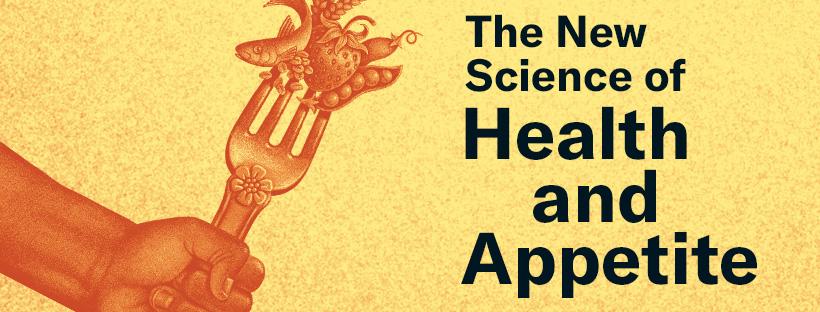


Awesome discoveries. Expert insights. Science that shapes the world.
205 persone piace questo elemento
0 Articoli
0 Foto
0 Video



